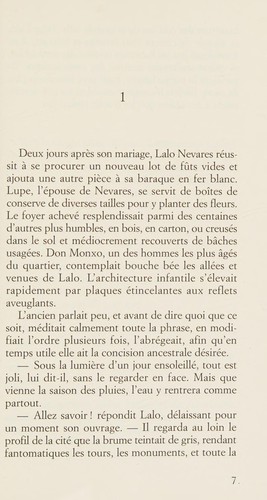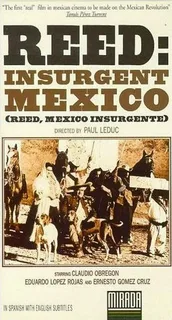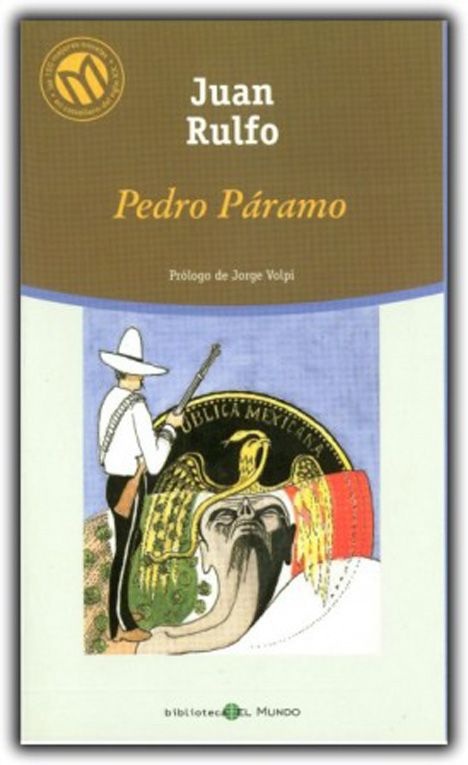4 books to get a taste of Mexico
Sun-scorched landscapes and ant cities, the daring brigand and revolutionary Pancho Villa and English ladies with suitcases full of books, a cemetery that became a shelter for people and villages inhabited by dead people, a cult of fun and a subtle sense of the tragedy of life.
Mexico is a myth. Mexico gave birth to magical realism, gave the teachings of Don Juan and sensimilia. To travel to Mexico you have to be patient, you have to be a dreamer, you have to be a little crazy.
This small list of books is not a list of travel guides, but a look at Mexico through the eyes of talented, intelligent and sensitive people who have painted for us an image of the country, its characters, characters and worlds in which the events of everyday life are often woven into the space of the fabulous – in the best traditions of mythical realism.

Sybil Bedford. “A Visit to Don Otavio.”
“A Visit to Don Otavio” – the first novel Bedford, which has everything: travel notes, historical references, sketches of life in a distant and exotic country and a subtle sense of humor. This is a classic travelogue from an English lady on a long journey to a certain Don Otavio with her friend. Like a true English intellectual, Bedford’s attention to detail is very keen, her narrative dense with good humor and the apt remarks of an experienced traveler.
This book is an unhurried narrative with an endless amount of detail, like a scrapbook filled with sketches of café scenes, nighttime encounters with bandits, and snapshots of life in big cities and small Mexican villages. If you like details, you’ll love it. There’s plenty about the cuisine, the alcohol, the encounters, and there’s even a little side novel about the very same Don Otavio sewn in. The book was written by young Sybil, published in English in 1953, and in Russian translation – only in 2008. But if you can get hold of it and read it today, you’ll be surprised at how juicy and modern this journey looks.

Pere Calders. “ Here Rests Nevares”
This small collection of five short stories and one novella, which Calders published after returning to Barcelona, are touching stories – sometimes comic, sometimes sad – about Mexico, where paradoxes outnumber logic, where cowardice and courage, greed and waste, stubbornness and softness coexist side by side. Calderza’s Mexicans are a people one would very much like to get to know personally. Oppressors and oppressed, conquistadors and Indians, intertwining brightly colored patterns, now and then change places, forming a canvas of history of one people.
For example, in the story that gives the title to the entire collection, the inhabitants of a Mexican village watch the burials every day, but the rainy season forces them to move from their shacks to the local cemetery, where they can settle into the luxurious, by the standards of the living, apartments of the dead. Calders did not make up this story, but borrowed it from real life, only drawing out the characters and plot in more detail.

John Reed. “Insurgent Mexico”
This genre would later be made world famous by another American in his war novels and accounts of the Spanish Civil War. “Mexico Rising” does not have the artistic structure of a finished novel as Hemingway would later have in “For Whom the Bell Tolls.” It is a kaleidoscope of events that occurred in 1913 in Mexico, and the protagonist of these events for Reed – Pancho Villa, a dashing outlaw, the Mexican Robin Hood, which the revolution raised on its crest thanks to the indefatigable character, cruelty and love for the poor.
Reed admires the selflessness with which the Mexican poor followed Villa, and ironizes the irascibility and laziness of many of them. And in general, it seems that he wants to rub on the cheeks of small, childishly naive Mexicans and give them a couple of pats on the back. He travels with Pancho Villa’s squad, miraculously survives several shootouts and a couple of battles, gets drunk, dances till morning in Mexican shacks and draws an extremely cute, extremely patriarchal, extremely young people who have yet to figure out all the intricacies of modern civilization.

Juan Rulfo “Pedro Páramo.”
Rulfo wrote “Pedro Páramo” in 1955. Since then, any list of must-read Mexican literature has included this visceral, monotonous novel that every high school student in Mexico hates. But don’t let that scare us off! Because Rulfo saves the colors intentionally so that we feel the gothic of his novel, the direct contact with the otherworldly in everyday life. How a road to a neighboring village can lead to ghosts eager to tell their stories.
“Pedro Paramo” doesn’t paint Mexico in carnival colors, it doesn’t amuse or entertain, but it does show something very important – the ties of generations, the bond of land and man, the inner world that was formed precisely in Mexico – with its sins, passions and fears, with the reality of death and the ghostliness of reality.
Through these literary masterpieces, we gained a deeper understanding of Mexico’s history, culture, and the intricate web of life and death that defines this enigmatic land.
Stay tuned for more explorations of culture, history, and travel tips from our moving company!
Contact us in any way:
Telephone: (954) 773-9667
E-mail: abs@absoluteinc.org





